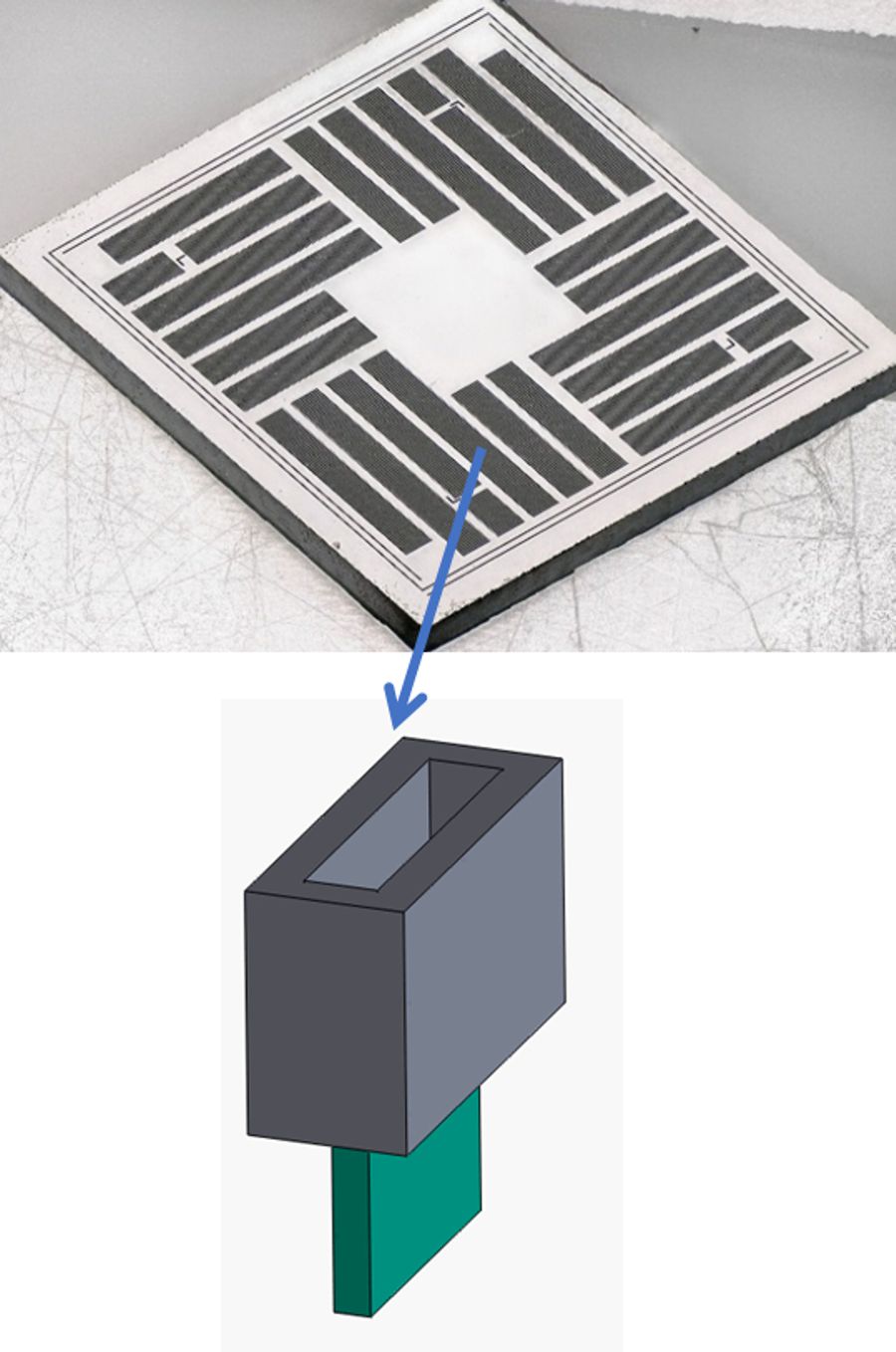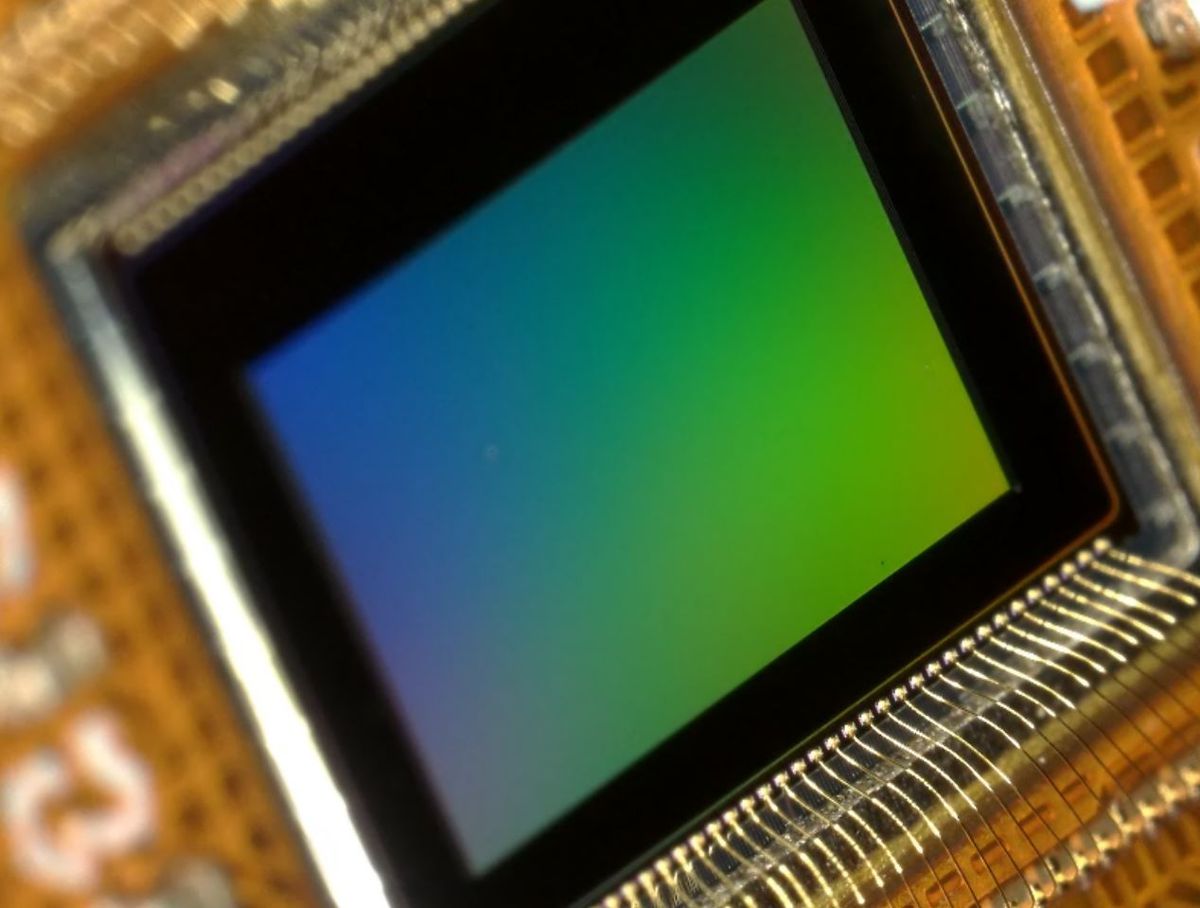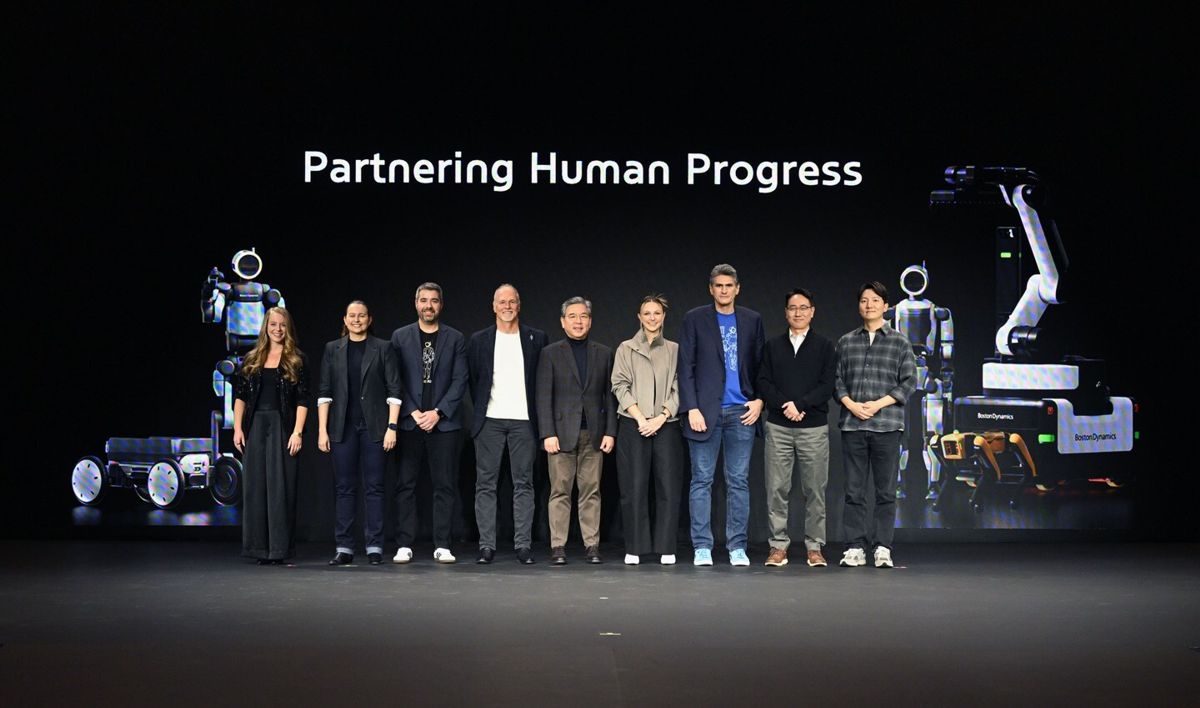MEMS Autofocus Actuator tackles Active Athermalization in Embedded Cameras
Sheba Microsystems Inc., a global leader in MEMS technologies, today announced the launch of its revolutionary new product, the MEMS Autofocus Actuator for Active Athermalization in Embedded Vision Cameras used in automotive, action, drones, machine vision, security and surveillance, and mobile robotics.
The first-of-its-kind solution tackles the long-standing industry problem of embedded vision cameras’ inability to maintain image quality and focus stability during temperature fluctuations as optics undergo thermal expansion.
While smartphones use autofocus actuators and electromagnetic actuators including voice coil motors (VCMs), these actuators are unreliable for achieving active athermalization in embedded vision cameras due to extreme environmental conditions. Embedded vision camera optics are also 30 times larger than smartphone optics. Other autofocus systems in-market such as tuneable lenses lack thermal stability and compromise optical quality.

“MEMS actuators are fast, precise, and small in size, and are actually uniquely suited to solve thermal expansion issues, because they are thermally stable and maintain consistent performance regardless of temperature changes,” said CEO and co-founder Dr. Faez Ba-Tis, PhD. “Because of these known advantages, there have been previous industry attempts at incorporating MEMS actuators into cameras, but because they failed drop tests they were quickly abandoned. Sheba’s new design solves for all of these previous blockers, which opens up limitless possibilities for embedded vision camera innovation.”
Sheba’s proprietary technology compensates for thermal expansion by uniquely moving the lightweight sensor, instead of moving the lenses. The silicon-based MEMS actuator platform actuates the image sensor along the optical axis to compensate for thermal expansion in the optics. The weight of the image sensor represents only 2-3 % of the optical lens weight, which makes it easier to handle, enabling ultra-fast and precise autofocus performance even when temperatures fluctuate.
Sheba’s novel piston-tube electrode configuration takes advantage of a larger capacitive area, allowing for substantial stroke and increased force. In contrast to traditional MEMS comb-drive electrode configuration, Sheba’s µPistons™ design makes the MEMS actuators uniquely resilient against severe shocks, since the electrodes are well-supported and interconnected with each other.
Sheba’s new MEMS actuator has successfully passed drop tests as well as other reliability tests, including thermal shock, thermal cycling, vibration, mechanical shock, drop, tumble, and microdrop tests. It is also highly rugged, which helps maintain image focus during high shocks in action cameras or machine vision environments.

“Digital camera technologies are increasingly used in almost every aspect of our lives,” said Ba-Tis. “From sharing photos of our travels in social media, to experiencing new artificial intelligence innovations powered by machine vision, and accelerating the deployment of autonomous vehicles in our communities, high quality images are imperative to not only capture our most memorable events, but to also keep us safe. In situations where split-second decisions are critical, image quality becomes paramount.”
Sheba’s MEMS actuator offers lens design flexibility and is suitable for near and far-field imaging. It is easily integrated into existing systems and scaled up on mass production tools for automotive, action, drone, mobile robotics, security and surveillance, and machine vision cameras.
Sheba is offering evaluation kits to interested customers, so they can test and evaluate the new product in their own labs to ensure the reliability of the technology. The kit includes camera samples, a daughter board with the MEMS driver, interposer, and camera test jig to perform mechanical reliability tests, software, and user manual.



















